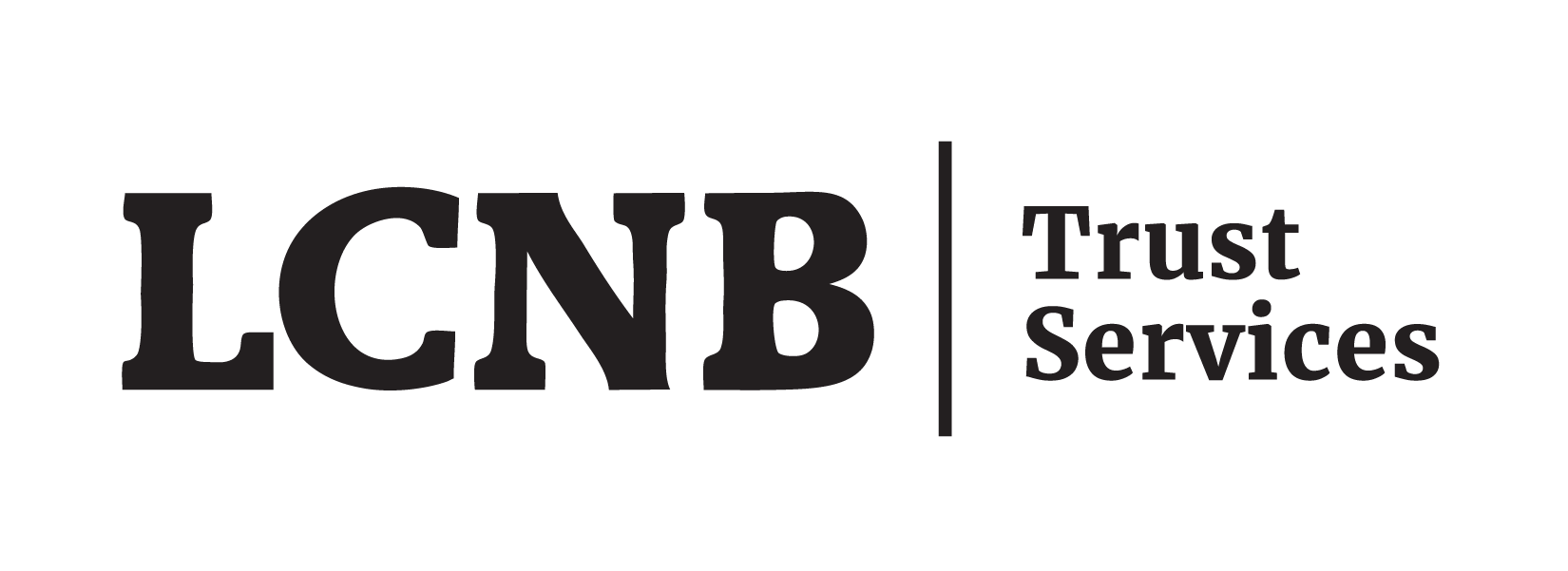Budgeting for Baby
Expecting a new arrival? Learn how to
budget for your growing family.

Preparing Your Finances
Starting a family is truly one of life's most fulfilling experiences. Unfortunately, it can also be among the most expensive. Many parents could spend more than $200,000 during a child's first 18 years. As you consider your growing family's fiscal needs, take a look at some key areas to address before and after your new child comes home. Your first baby-planning step is to choose the benefits you need from your health care plan. If both you and your spouse plan to continue working when your child arrives, consolidate the best and most cost-efficient features from both your employers' benefit plans. For medical expenses not covered by your health insurance, find out if your firm offers a medical reimbursement account (MRA) or a health savings account (HSA). Child-care and education costs often constitute the greatest expense of raising a child. Tax breaks can help defray this expense, and employer-sponsored dependent care accounts, if available, let you contribute an annual limit to certain expenses in pretax dollars. And don't forget about insurance. Obtaining life and disability insurance, as well as naming a guardian for your child, are crucial steps in protecting your child's future.
As the saying goes, "Parents are people who carry pictures in their wallets -- where their money used to be." The U.S. Department of Agriculture estimates that the cost of raising a child born in 2015 through age 17 averages $233,610 for a typical middle-income family -- and that doesn't include the cost of college tuition.1 As you consider your growing family's fiscal needs, take a look at key areas to address before and after your new child comes home.
Health Care
Your first baby-planning step is to choose the benefits you need from your health care plan. A managed care plan, such as a health maintenance organization, can reduce out-of-pocket expenses over a traditional plan, which often requires you to pay at least 20% of care costs. The savings can be significant for families with children. For medical expenses not covered by your health insurance, find out if your firm offers a medical reimbursement account (MRA) or a health savings account (HSA). Your contributions can pay for items such as orthodontic care, insurance deductibles, and eyeglasses.
Child Care
Fortunately, there are certain tax breaks especially for parents. The Child Tax Credit provides a credit (up to $2,000 per child in 2019) for children under age 17 at the end of the calendar year. Note that, unlike a tax deduction, a tax credit reduces your tax bill dollar for dollar. That means that a married couple with three children could potentially deduct up to $6,000 from their 2019 tax bill. Income restrictions and other rules apply, so check with your tax or financial advisor for details.
An even better deal, if available, could be an employer-sponsored dependent care account, where you contribute an annual amount in pretax dollars to be used for qualifying dependent care expenses. But keep in mind that you must decide before the beginning of each year how much you will contribute, and you may lose what you don't spend.
Insurance
Your child's arrival should also prompt you to protect against potential loss of income by obtaining or increasing disability and life insurance. With disability coverage, try to replace about 60% of your income. With life insurance, assume you will need coverage equal to 5 to 10 times your family's annual income. Employer-sponsored coverage is often the least expensive, so check to see if your or your spouse's employer offers it.
Legacy Planning
It is important now to draw up a will designating a guardian for your child should you and your spouse die together. If you and your spouse die without a will (intestate), a judge decides who will be appointed your child's guardian. As a result, it could be someone you hadn't wanted in this role. Finally, your will should provide for guardianship that applies to both your current and future children.
Budgeting for Baby - Estimated Expenses by Year
| Year 1 | |
| Items | |
| Crib with mattress | $300-$500 |
| Bedding and accessories | $100-$300 |
| Clothes | $400-$800 |
| Diapers (disposable) | $500-$1,000 |
| Maternity/nursing clothes | $600-$1,200 |
| Baby food/forumla | $1,250-$1,750 |
| Nursery misc., high chair, toys | $300-$500 |
| Stroller, car seat, baby carrier | $400-$500 |
| Miscellaneous Items | $400-$500 |
| Other | |
| 12-week meternity leave (six weeks unpaid)2 | $400-$500 |
| Day care (40 weeks) | $6,000-$12,000 |
| Term life insurance premiums3 | $300-$600 |
| Disability insurance4 | $1,000-$2,000 |
| Drawing up a will | $300-$600 |
| Estimated Total: | $17,500-$28,000 |
| Year 2 | |
| Items | |
| Clothes | $412-$824 |
| Diapers (disposable) | $515-$1,030 |
| Food | $1,500-$2,000 |
| Toys | $309-$515 |
| Miscellaneous items | $412-$515 |
| Other | |
| Day care (50 weeks) | $8,000-$16,000 |
| Insurance premiums | $1,300-$2,600 |
| Estimated Total: | $12,500-$23,500 |
| Year 3 | |
| Items | |
| Bed | $400-$600 |
| Clothes | $450-$900 |
| Food | $1,545-$2,060 |
| Toys | $320-$530 |
| Miscellaneous items | $425-$530 |
| Other | |
| Day care (50 weeks) | $8,240-$16,480 |
| Insurance premiums | $1,300-$2,600 |
| Estimated Total: | $13,000-$25,000 |
1Source: U.S. Department of Agriculture, The Cost of Raising a Child, January 13, 2017.
2Assumes $50,000 annual income for mother taking leave.
3Assumes $500,000 face value, 30-year level term. Rates vary by gender, state of residence, insurer, and health assessment factors.
4Assumes 60% income replacement for an individual earning $50,000 per year who can no longer work in his or her customary occupation. Rates vary by gender, state of residence, insurer, occupation, and health assessment factors.
5Except for insurance, values assume 3% annual inflation.
Because of the possibility of human or mechanical error by DST Systems, Inc. or its sources, neither DST Systems, Inc. nor its sources guarantees the accuracy, adequacy, completeness or availability of any information and is not responsible for any errors or omissions or for the results obtained from the use of such information. In no event shall DST Systems, Inc. be liable for any indirect, special or consequential damages in connection with subscriber's or others' use of the content.
Securities and advisory services are offered through LPL Financial (LPL), a registered investment advisor and broker-dealer (member FINRA/SIPC). Insurance products are offered through LPL or its licensed affiliates. LCNB National Bank and LCNB Investment Services are not registered as a broker-dealer or investment advisor. Registered representatives of LPL offer products and services using LCNB Investment Services, and may also be employees of LCNB National Bank. These products and services are being offered through LPL or its affiliates, which are separate entities from, and not affiliates of, LCNB National Bank or LCNB Investment Services. Securities and insurance offered through LPL or its affiliates are:
- Not Insured by FDIC or Any Other Government Agency
- Not Bank Guaranteed
- Not Bank Deposits or Obligations
- May Lose Value
The LPL Financial registered representatives associated with this site may only discuss and/or transact securities business with residents of the following states: AK, AL, AZ, CA, CO, CT, FL, GA, IA, IN, IL, KS, KY, LA, MA, MD, MI, MO, MT, NC, NJ, NY, OH, OR, SC, TN, TX, VA & WV.




